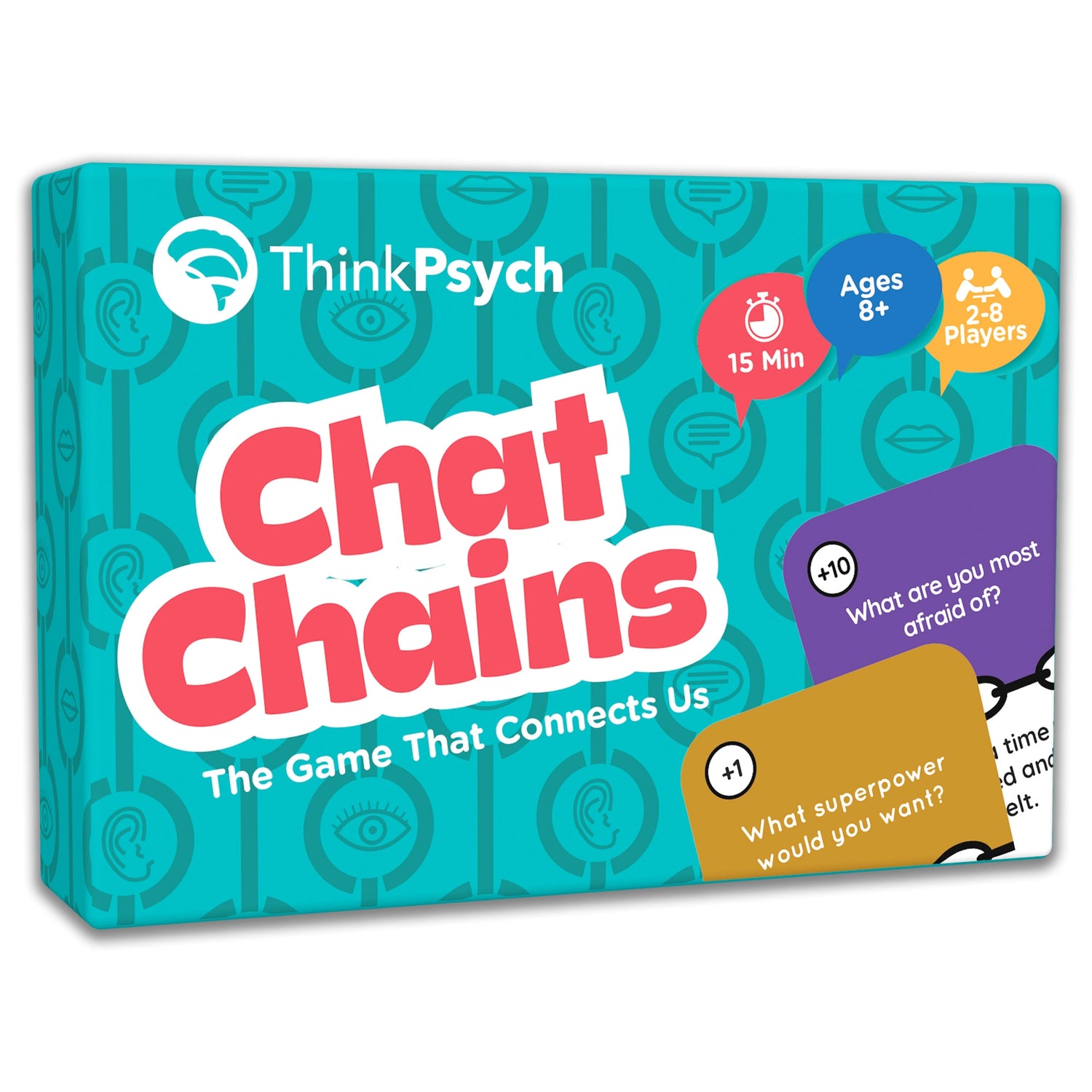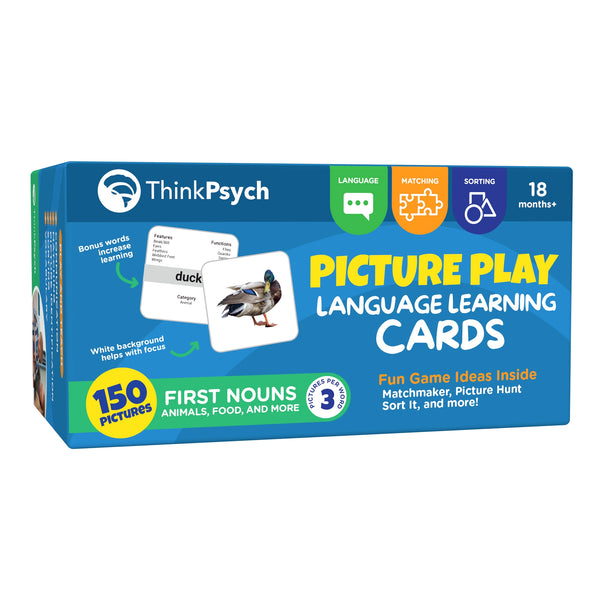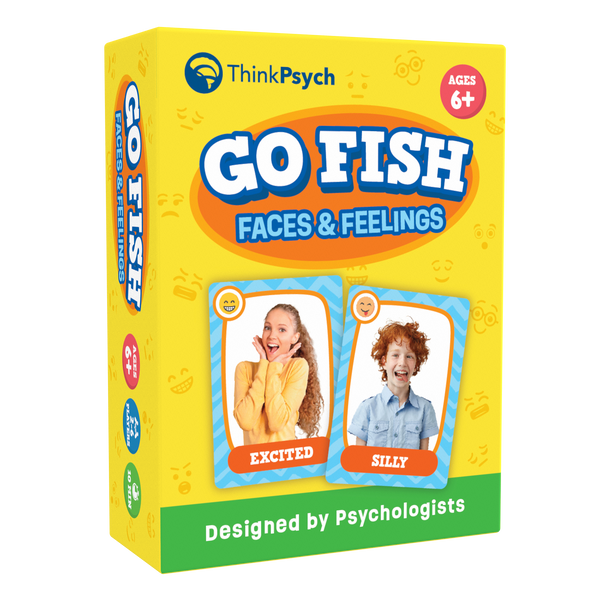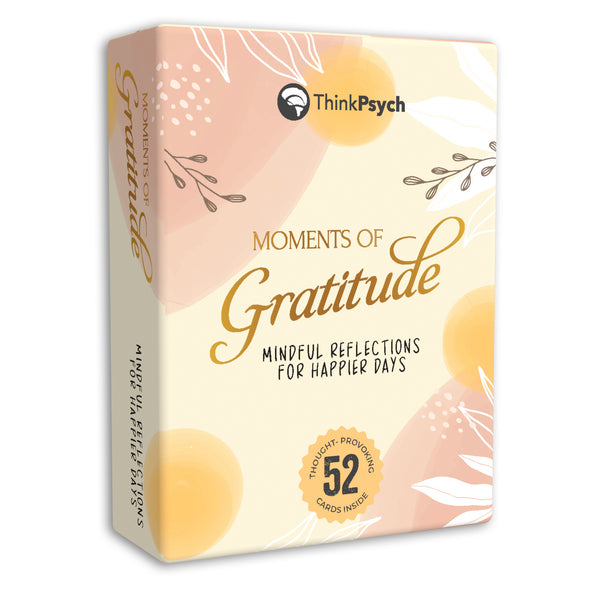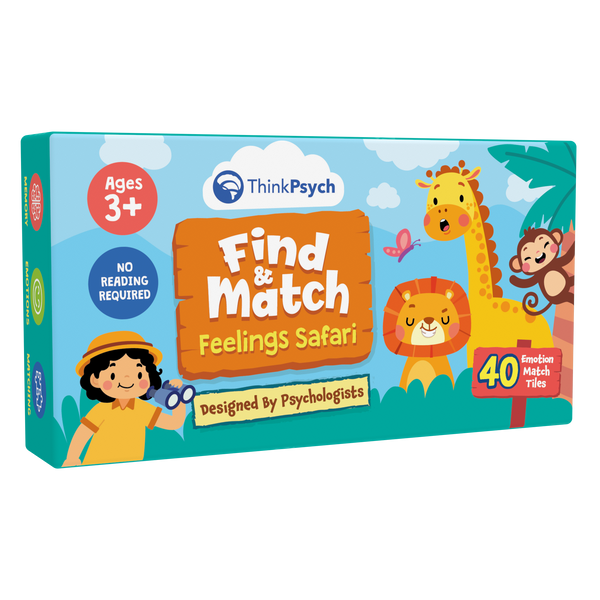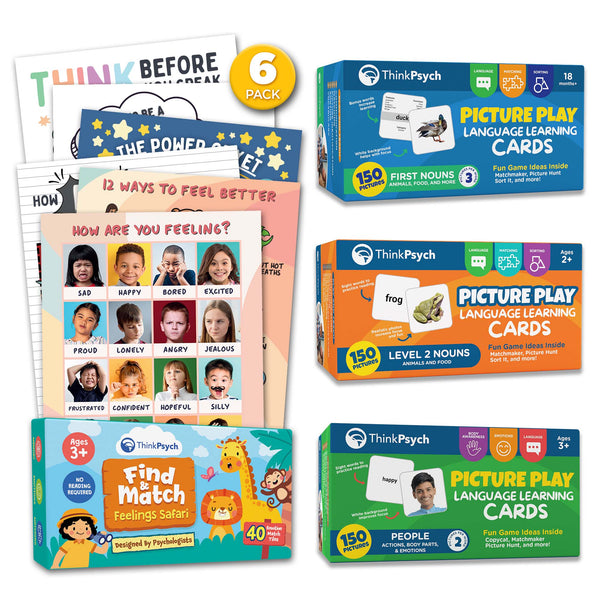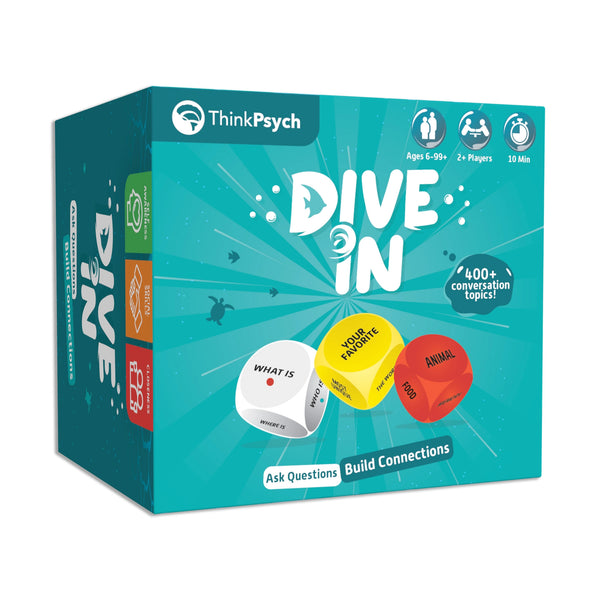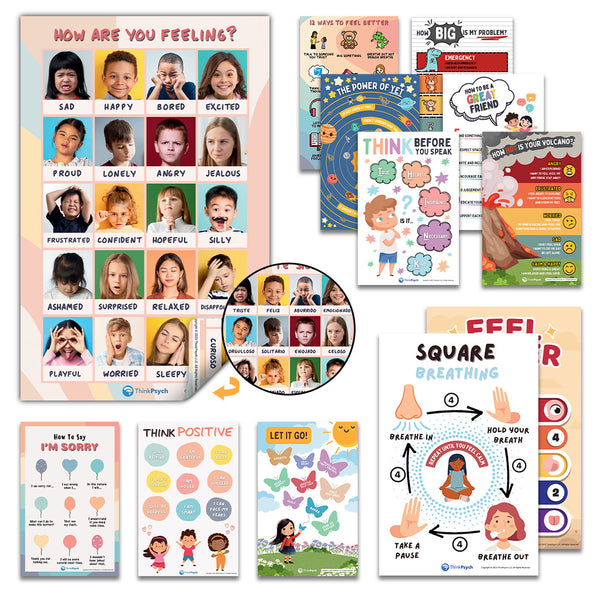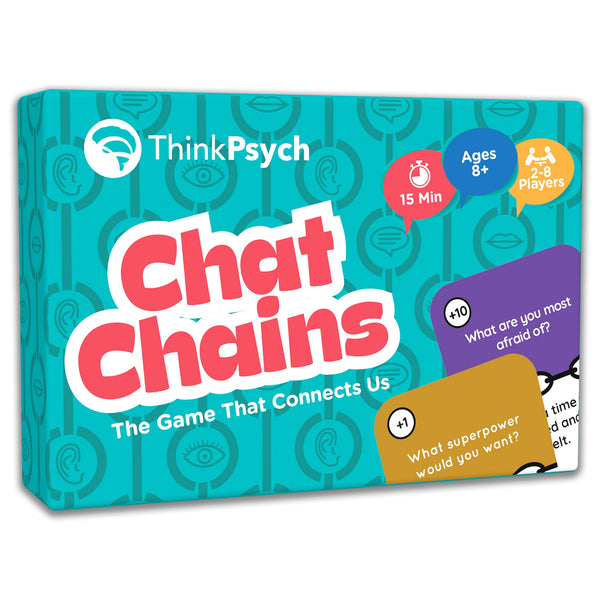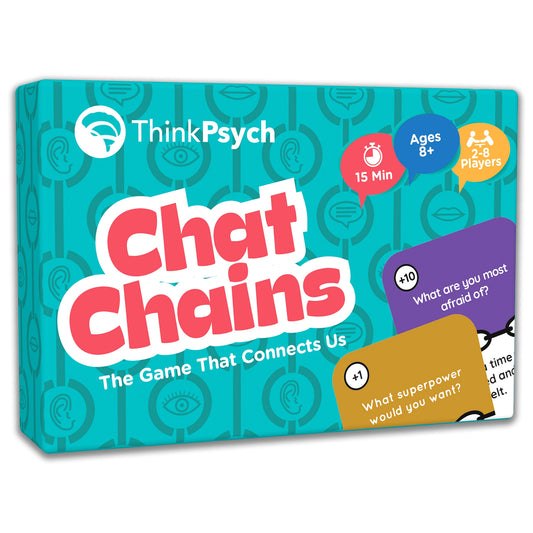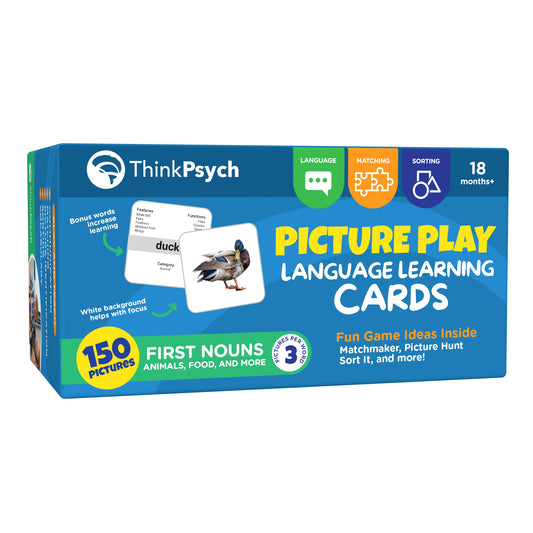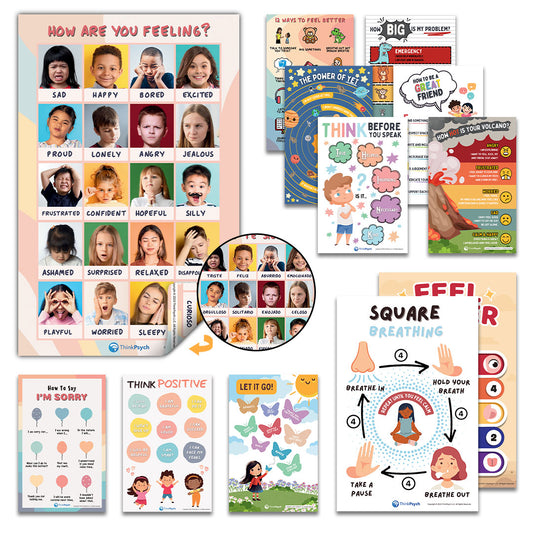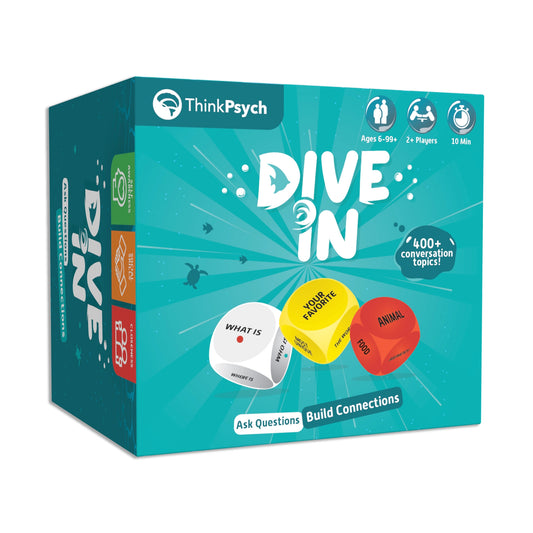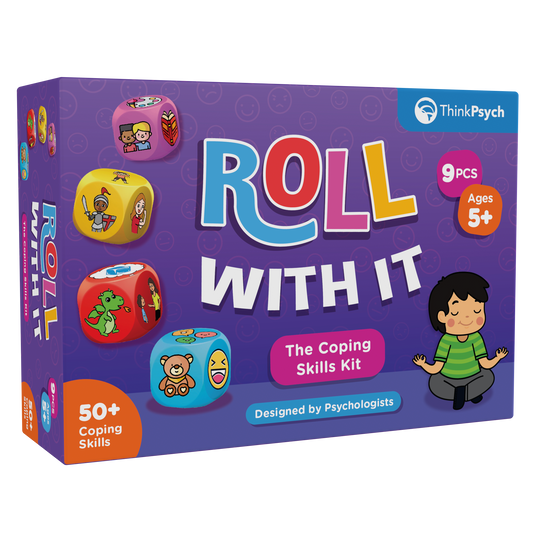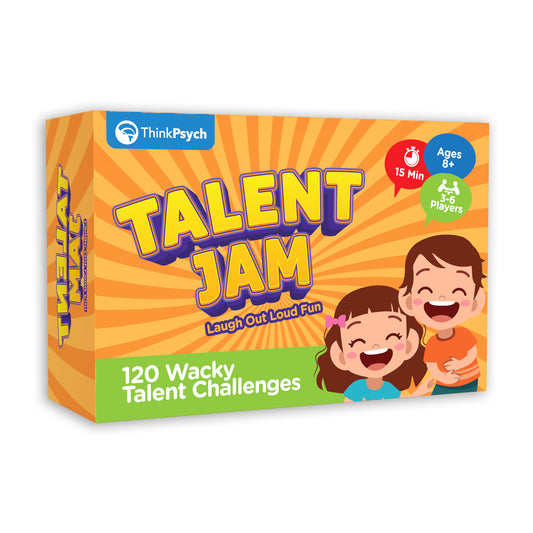
VB-MAPP - Level 3 (Part 5 of 8)
Share
Introduction:
This is part 5 of 8 in a series on administering the Verbal Behavior Milestones and Assessment Protocol (VB-MAPP). If you haven’t yet read part 1 yet, you can start there.
Materials
Prior to working on Level 3 of the VB-MAPP, you should make sure that you have all the right materials! This was covered in Part 1 of this series, but repeated here for reference:
- VB-MAPP Protocol
- A list of 1200 words (nouns, verbs, adjectives) that could be used to track tacting (labeling) and listener responding abilities
- 4 items that can be used to teach contrasting adjectives (big, little, long, short). For example, small/large pencil and big/small ball.
- Pictures or objects that come in at least 4 colors and 4 shapes for receptive identification shapes
- 25 pairs of novel non-identical items or pictures (e.g., pairs of items – a blue fork and a red fork – or pairs of pictures – a brown horse and a grey horse).
- 20 different block designs, parquetry, or shape puzzles
- 25 pictures or objects that could be sorted into five categories (e.g., animals, clothing, furniture)
- Worksheets containing at least 20 three-step patterns, sequences, or seriation tasks
- Materials for arts and crafts task (e.g., crayons, markers, papers, scissors, finger paints)
- Materials/toys for pretend play
- Pre-academic books (e.g., dot-to-dot, matching games, mazes, tracing letters/numbers)
- Letter, number, and word flash cards
- 3-5 Books that can be used for reading and listener feature-function-class (LRFFC) identification tasks
- List of 1000 listener feature-function-class (LRFFC) identification targets
- List of 300 intraverbal questions
- List of 4 different rotating WH questions about 10 topics
- 10 small objects for demonstrating counting
In addition to these materials, you will also need access to similar age peers to assess social skills.
Shop ThinkPsych Products
Getting Started
The first step you should take before beginning to test Level 3 of the VB-MAPP is to make sure that it is appropriate for your current student. Are they at least 30 months old? Or if not, have they mastered at least one domain in level 2? If so, you can go ahead and work on testing Level 3.
You should again begin with the observational component of Level 3 testing. There are a total of 12 domains in Level 3. The echoic and imitation domains are no longer tested after level 2, and three new domains are added: Reading, Writing, and Math.
Observable Skills
There are a total of 30 observable skills across nine domains in the level 3 of the VB-MAPP. The other three domains require direct testing for all skills. These are separated by category as follows:
- Manding Milestones 11-15
- Tacting Milestones 12-14
- Visual Perceptual Skills Milestone 11
- Independent Play Milestones 11-15
- Social Behavior and Play Milestones 11-15
- Reading Milestone 11
- Intraverbal Milestones 11 and 14
- Classroom Routines and Group Skill Milestones 11-13
- Linguistics Milestones 11-15
As you can see, you can use observation to get about half of the milestones in this area! However, you will often need to do direct testing in order to evoke the target behaviors.
Direct Testing
Once you have completed the observation portion of level 3 testing, it is time to begin direct testing. In this portion, you will also assess any milestones that you were not able to observe occurring spontaneously during the observation portion. You will also directly test any milestones that require direct testing. For convenience, these are listed below:
Completing Level 3
Once you have completed the entirety of the level 3 assessment, it is time to tally your results on the first page of the protocol. Reviewing these results will help you to come up with an individualized education plan for your student. We will discuss this more in a future part of in this series.
